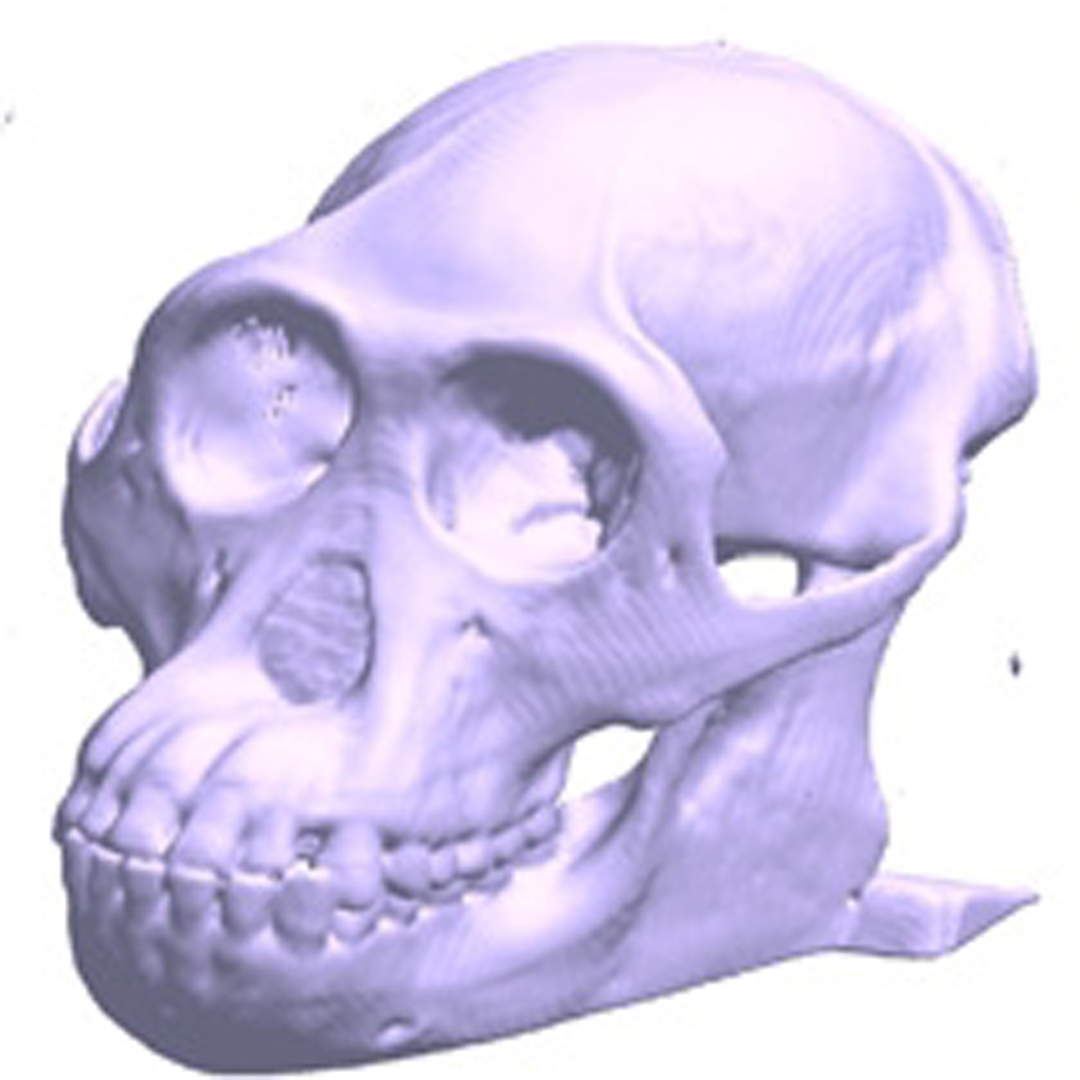“Pomegranate: a fully scalable graphics architecture” by Eldridge, Igehy and Hanrahan
Conference:
Type(s):
Title:
- Pomegranate: a fully scalable graphics architecture
Presenter(s)/Author(s):
Abstract:
Pomegranate is a parallel hardware architecture for polygon rendering that provides scalable input bandwidth, triangle rate, pixel rate, texture memory and display bandwidth while maintaining an immediate-mode interface. The basic unit of scalability is a single graphics pipeline, and up to 64 such units may be combined. Pomegranate’s scalability is achieved with a novel “sort-everywhere” architecture that distributes work in a balanced fashion at every stage of the pipeline, keeping the amount of work performed by each pipeline uniform as the system scales. Because of the balanced distribution, a scalable network based on high-speed point-to-point links can be used for communicating between the pipelines.
Pomegranate uses the network to load balance triangle and fragment work independently, to provide a shared texture memory and to provide a scalable display system. The architecture provides one interface per pipeline for issuing ordered, immediate-mode rendering commands and supports a parallel API that allows multiprocessor applications to exactly order drawing commands from each interface. A detailed hardware simulation demonstrates performance on next-generation workloads. Pomegranate operates at 87-99% parallel efficiency with 64 pipelines, for a simulated performance of up to 1.10 billion triangles per second and 21.8 billion pixels per second.
References:
1. Freedom 3000 Technical Overview. Technical report, Evans & Sutherland Computer Corporation, October 1992.
2. Denali Technical Overview. Technical report, Kubota Pacific Computer Inc., March 1993.
3. William J. Dally. Virtual-Channel Flow Control. IEEE Transactions on Parallel and Distributed Systems, pages 194-205, March 1992.
4. Jos~ e Duato, Sudhakar Yalmanchili, and Lionel Ni. Interconnection Networks: an Engineering Approach. IEEE Computer Society Press, 1997.
5. Homan Igehy, Matthew Eldridge, and Pat Hanrahan. Parallel Texture Caching. 1999 SIGGRAPH / Eurographics Workshop on Graphics Hardware, pages 95-106, August 1999.
6. Homan Igehy, Matthew Eldridge, and Kekoa Proudfoot. Prefetching in a Texture Cache Architecture. 1998 SIG- GRAPH / Eurographics Workshop on Graphics Hardware, pages 133-142, August 1998.
7. Homan Igehy, Gordon Stoll, and Pat Hanrahan. The Design of a Parallel Graphics Interface. SIGGRAPH 98 Conference Proceedings, pages 141-150, July 1998.
8. William E. Lorensen and Harvey E. Cline. Marching Cubes: A High Resolution 3D Surface Construction Algorithm. Computer Graphics (SIGGRAPH 87 Conference Proceedings), pages 163-169, July 1987.
9. Steven Molnar, Michael Cox, David Ellsworth, and Henry Fuchs. A Sorting Classification of Parallel Rendering. IEEE Computer Graphics and Applications, pages 23-32, July 1994.
10. Steven Molnar, John Eyles, and John Poulton. PixelFlow: High-Speed Rendering Using Image Composition. Computer Graphics (SIGGRAPH 92 Conference Proceedings), pages 231-240, July 1992.
11. John S. Montrym, Daniel R. Baum, David L. Dignam, and Christopher J. Migdal. InfiniteReality: A Real-Time Graphics System. SIGGRAPH 97 Conference Proceedings, pages 293- 302, August 1997.
12. Rudrajit Samanta, Jiannan Zheng, Thomas Funkhouser, Kai Li, and Jaswinder Pal Singh. Load Balancing for Multi- Projector Rendering Systems. 1999 SIGGRAPH / Eurographics Workshop on Graphics Hardware, pages 107-116, August 1999.





